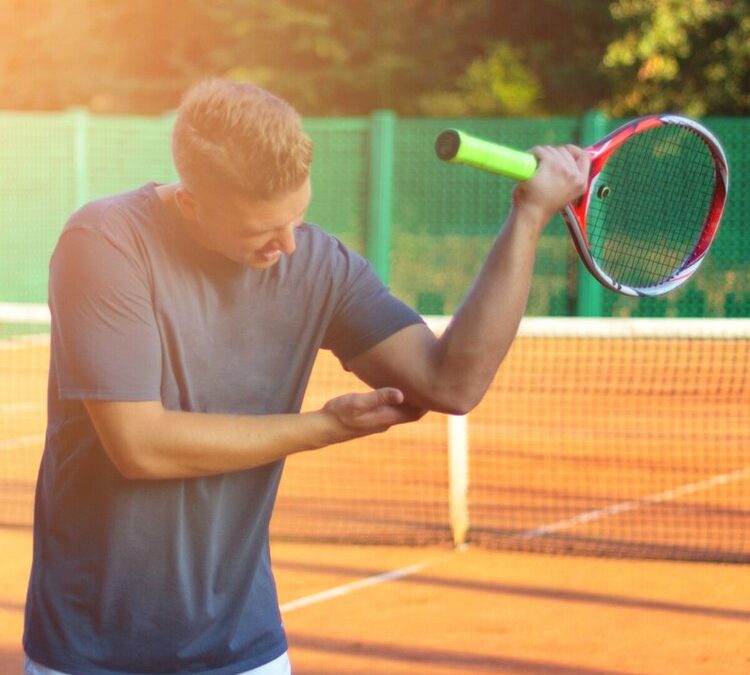Lateral Epicondylitis or “Tennis Elbow,” is a condition that affects the elbow joint. This joint is made up of 3 bones- humerus, ulna and radius. There are some bony bumps at the base of the humerus (upper arm bone) which are called epicondyles. The bony bump that is found on the outer side of the elbow is the lateral epicondyle. These bones are held together by the muscles, tendons and ligaments. In case of Lateral Epicondylitis, the tendons of the forearm get swollen due to overuse and thus cannot lend support to the hands, wrist, elbow and upper arm. It is a painful condition that tends to deteriorate over time.
Causes
- Overuse of the arm or the elbow joint may weaken the muscles that support the joint. This happens especially when the ECRB or the extensor carpi radialis brevis tendon that supports the forearm muscle gets damaged
- Minor tears in the tendons that attach the muscles and the joint bones are also a potential cause
- The ECRB muscle may undergo gradual wear and tear as it rubs against the bones over a period of time
- Occupations such as painters, plumbers, carpenters, butchers, typists are at a greater risk as they overuse the elbow joint
- Athletes use the forearm and the elbow joint vigorously causing long term damage
- Improper techniques used in playing a sport and not warming up or cooling down is a potential cause
- People in the age group of 35-50 years are at the highest risk
- In some cases, the tennis elbow may develop without any past history of injury or repeated use. It is termed as an insidious occurrence.
- Repeated weight lifting
Symptoms
- Pain is mild in the initial stages and becomes severe as the condition worsens
- A burning sensation on the outer part of the elbow
- The limb feels weak and there is a loss of strength in the grip of the hands
- Throwing, raising the arm, shaking hands, playing a sport is difficult
- Both the arms may be affected at the same time
- Joint inflammation
- Tenderness
Diagnosis
- Details of the patient’s lifestyle, physical activities and medical history
- X-ray imaging
- MRI and CT scans
- The orthopedic doctor may flex, rotate and bend the patient’s arm, wrist and hand to check for movements that reproduce the symptoms
Treatment
- Rest the inured arm by keeping it elevated at chest level
- Pain killers and anti inflammatory medicines may be prescribed
- Activity modification to prevent stressing of the muscles and tendons is suggested
- Ice packs can be applied
- Elbow brace or splint may be used
- Injecting corticosteroids may be an option
- Some specific stretching exercises can help relieve pain and improve joint function
- Surgical repair of damaged tendons may be required when conservative methods do not work
- Physical or occupational therapy is used as a conservative treatment approach and can help with healing
Updated 5/14/19

